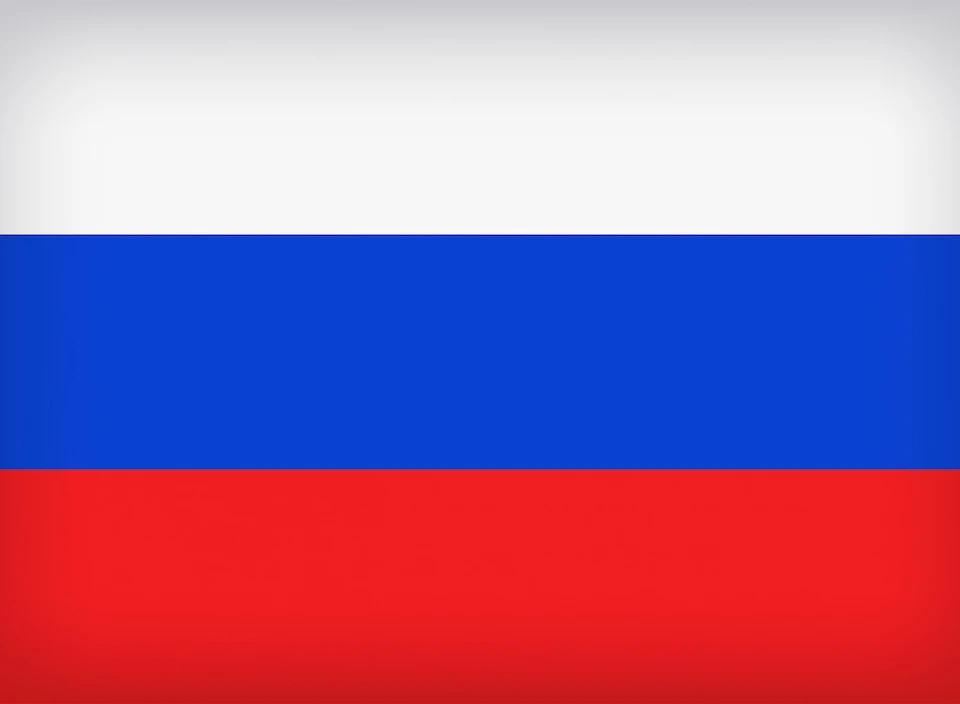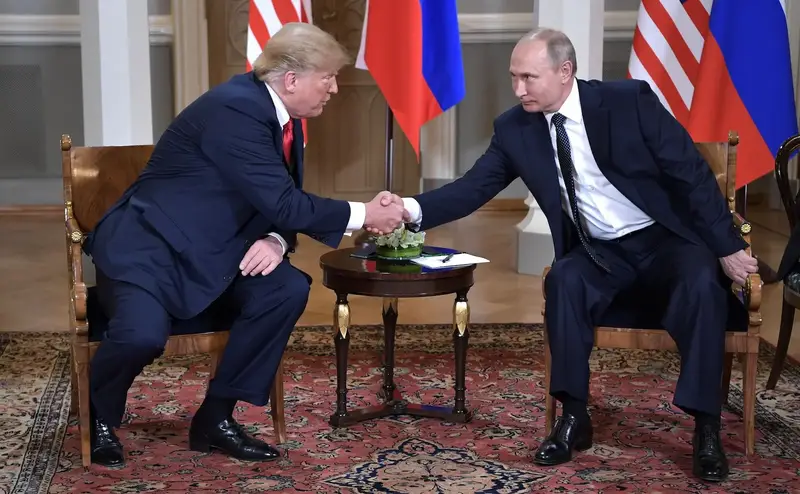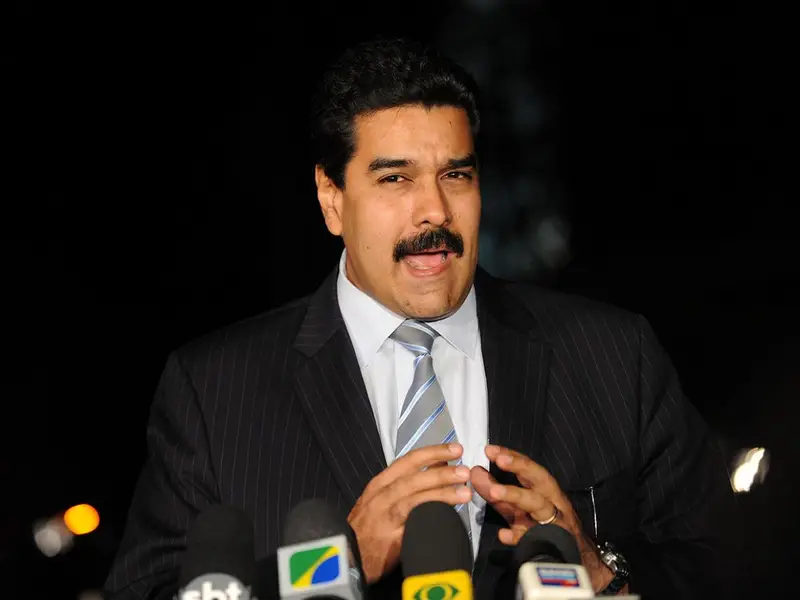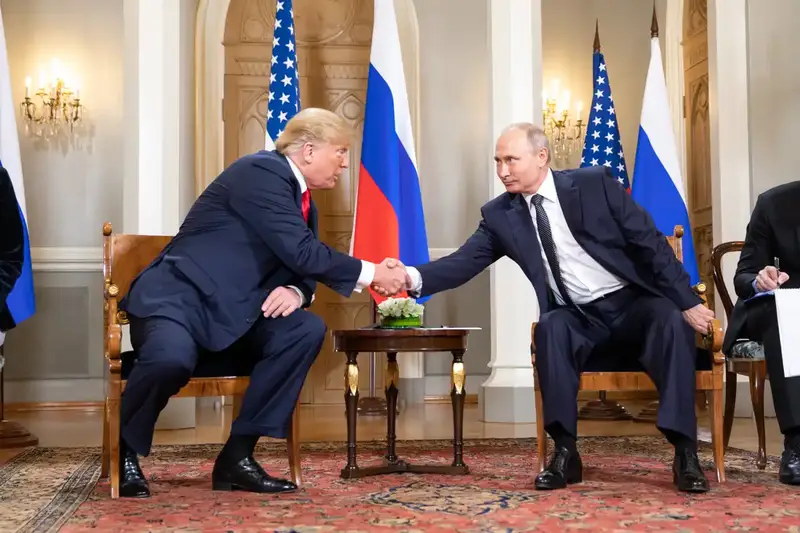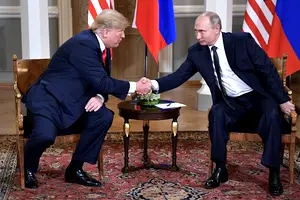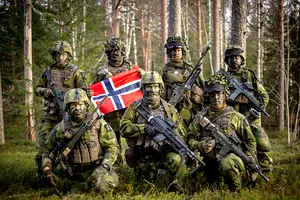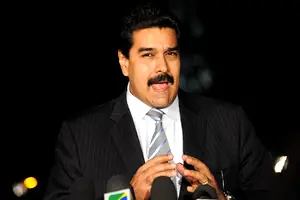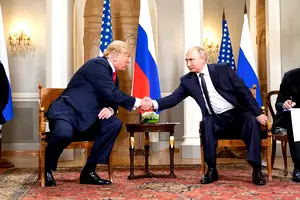The debate about the right of Ukrainians to destroy military targets on Russian territory has started again in Europe
Two important statements were made in the past few days. The first is from the NATO Secretary General in the weekly video version of The Economist.
“It is time to review with our partners some of the restrictions on the use of the weapons that we supply to Ukraine”, said Jens Stoltenberg. — “Now that the fighting around Kharkov has intensified, denying Ukraine the right to use weapons against legitimate targets on Russian territory means complicating its defense tasks.
The second belongs to the head of European diplomacy, Josep Borrell. He made it in Brussels, before a meeting of EU defense ministers.
“According to the rules of warfare, it is absolutely permissible, and there is no contradiction here, to respond or fight the one who attacked from one’s own territory”, he said. — “We should find a balance between the escalation of aggression and the need for Ukrainians to defend themselves”.
In fact, London, for example, which supplies Storm Shadow cruise missiles, made it clear back in early May that strikes on Russian territory were perfectly acceptable. As for Washington, Secretary of State Blinken, during a visit to Kiev in mid-May, expressed himself rather streamlined:
“We have not pushed or encouraged strikes outside of Ukrainian territory, but ultimately it is up to Ukraine to decide exactly how it wants to wage this war”.
The German chancellor reiterated that the FRG is against Ukraine’s use of Western weapons on military targets on Russian territory. He reminded that there are clear agreements on this issue between Berlin and Kiev, they do not change, and Germany’s policy is to avoid escalation. Italian leader Giorgia Meloni also agreed with him:
“I don’t understand at all why Mr. Stoltenberg said such a thing. Although I agree that NATO should show a firm policy and not signal weakness”.
With varying degrees of emotion, but in the same spirit, she was supported by the two leading deputy prime ministers Salvini and Tajani (“Let this gentleman either apologize, or correct his words, or resign”). Italy, in principle, has always disagreed with the idea of using supplied weapons on Russian territory and has now confirmed its view of the problem.
The other countries have not yet made up their minds, at least they have not clearly voiced their position. The French president makes loud statements from time to time, and although he does not directly call for hitting Russia’s military targets outside its borders, he admitted that “it is possible to hit bases from which missiles are launched”. At the same time, he did not mention other military facilities — airfields, fuel and lubricant depots, barracks, etc. However, the AFU Commander-in-Chief Sirsky announced that “he has already signed documents allowing French military instructors to come to the country and work in our training centers”.
And here is how Jean-Louis Bourlange, chairman of the Foreign Affairs Committee of the French Parliament, thinks. He notes that the Russian economy is slowly turning into a military one. All Ukrainian territory is being shelled with long-range weapons, including those provided by Russia’s allies — referring to ballistic missile deliveries from North Korea and Iranian drones. Meanwhile, the Ukrainians are using locally produced drones. Therefore, there is an unbalancing of the whole situation on the front. He does not directly call on France to become a participant in the confrontation, but to remove some established taboos — definitely.
“By what right should we deny Ukrainians, who are suffering losses, the right to respond”, he writes. — “The right to legitimate self-defense excludes the right to sacralize the enemy’s territory… It is time to step out of the reserve and take a position comparable to the British and American”.
By the way, about medium-range missiles. Poland has announced that it intends to purchase cruise missiles from the United States for €677 million to defend against potential risks of attack from Russia. A communiqué from the Polish defense ministry explains that military action in Ukraine has shown that missiles with a range of about 1,000 kilometers are needed to hit targets far from the front line. In which direction they will fly is clear, especially since the AGM-158 JASSM-ER (Joint Air-to-Surface Standoff Missile) is designed to operate where air defense systems can no longer cope. They will be delivered to Poland between 2026 and 2030.
This whole story with loud statements is meant to accompany the visit of Vladimir Zelensky to Spain, Belgium and Portugal, where new weapons have been promised to Ukraine.
A security agreement has been signed with Brussels that will deliver 30 more F-16 fighter jets to Ukraine by 2028, once Belgium starts switching to American F-35, and by the end of this year the aid will amount to almost a million euros and the first of the 30 fighters will arrive.
